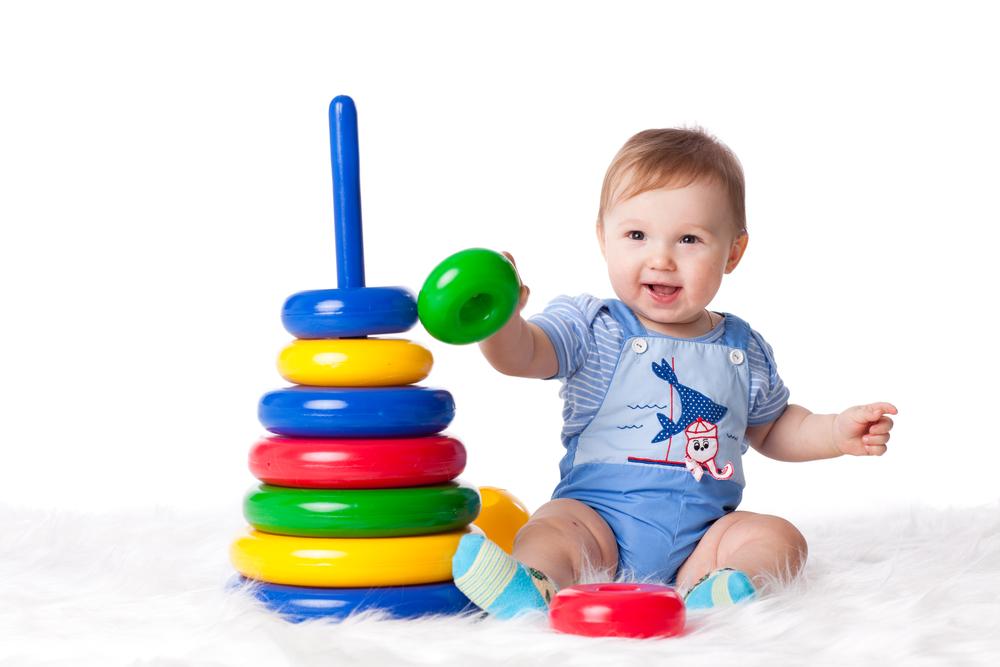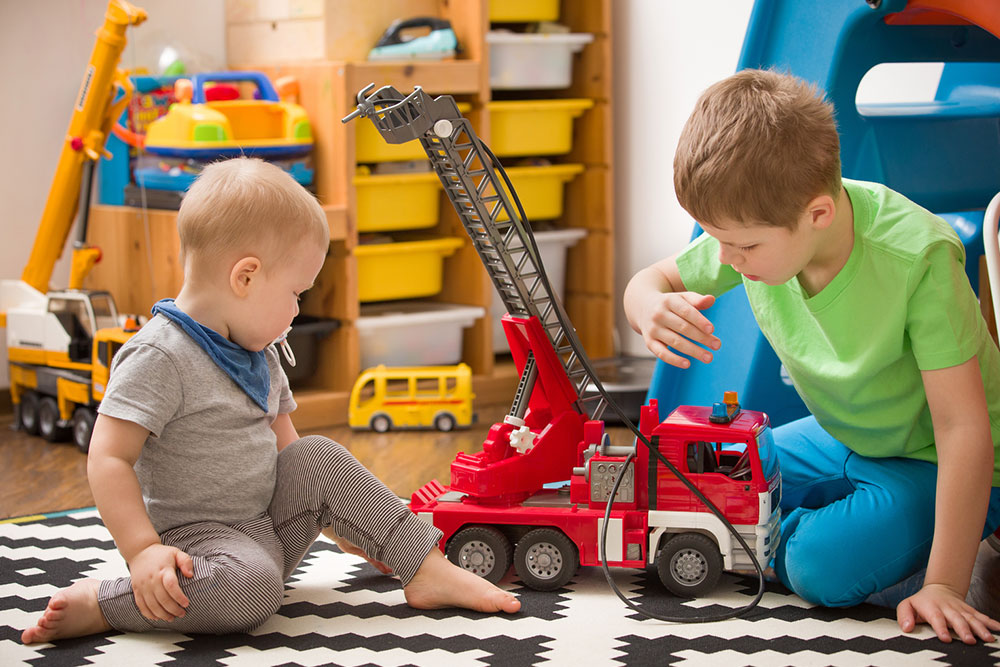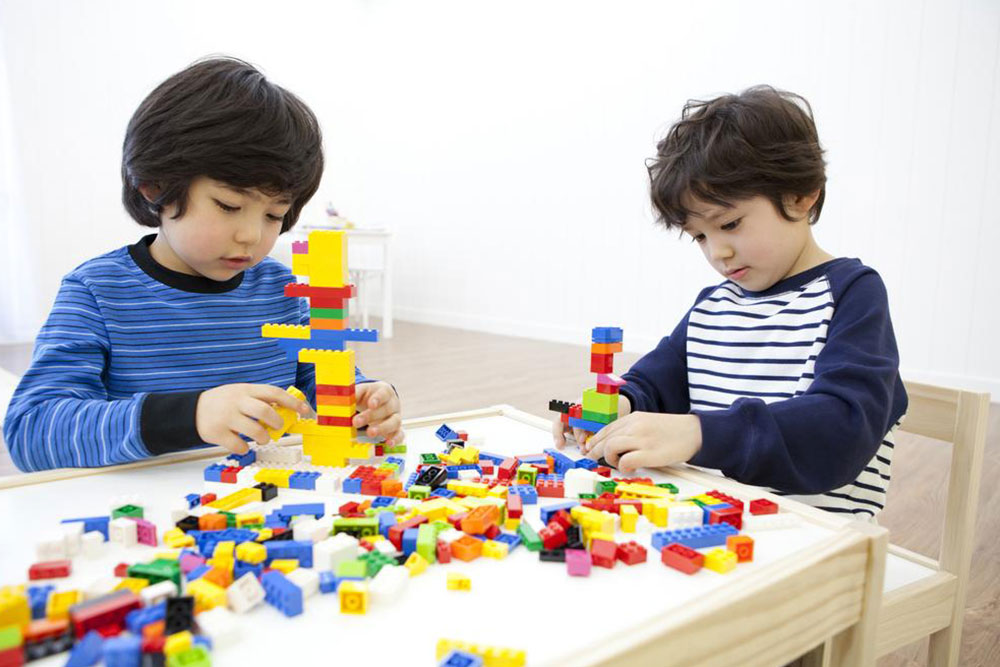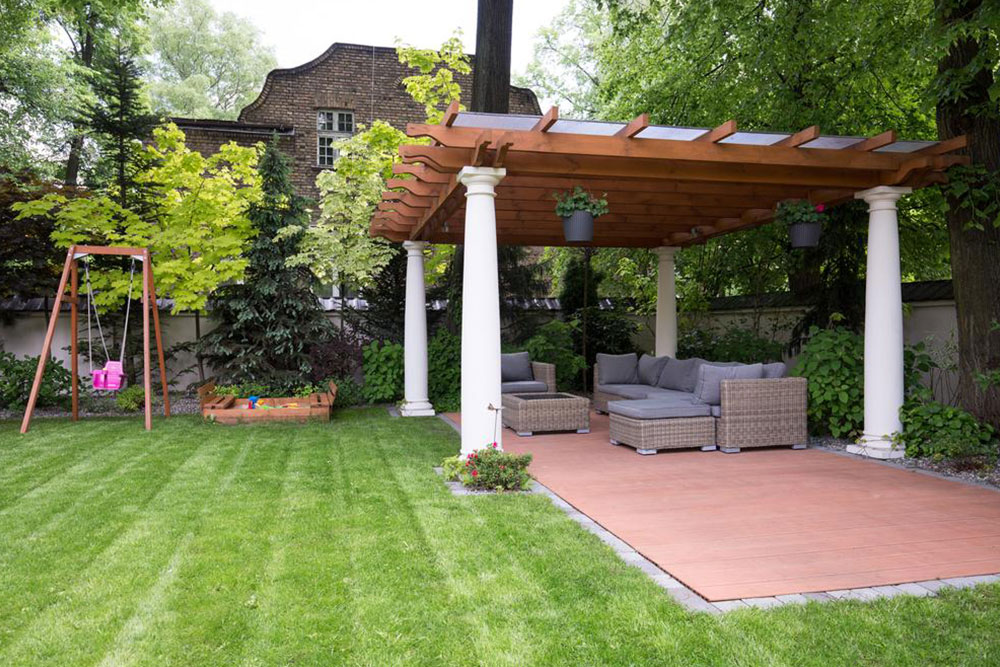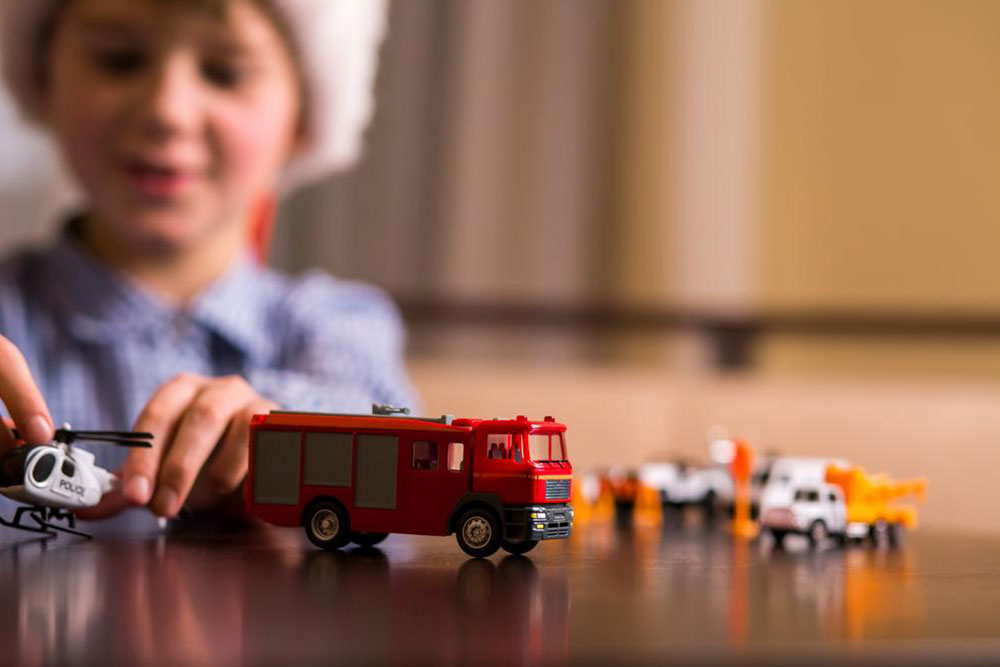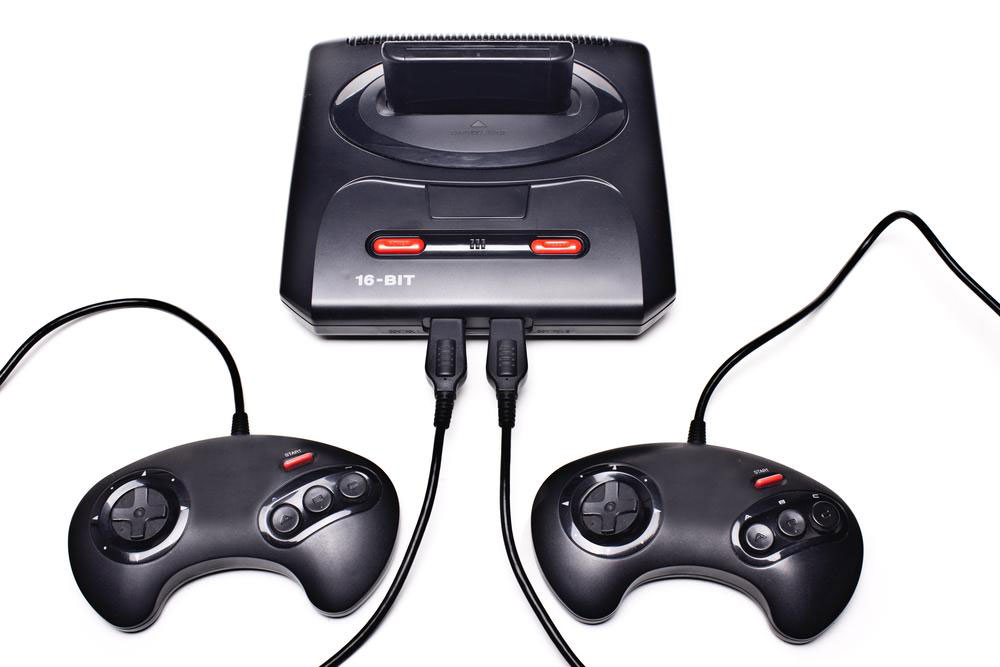Selecting Safe and Educational Toys for Children
Discover how to select safe, engaging, and age-appropriate toys that promote development and creativity for children. Learn key safety and learning considerations to make informed purchases that align with your child's needs and interests.
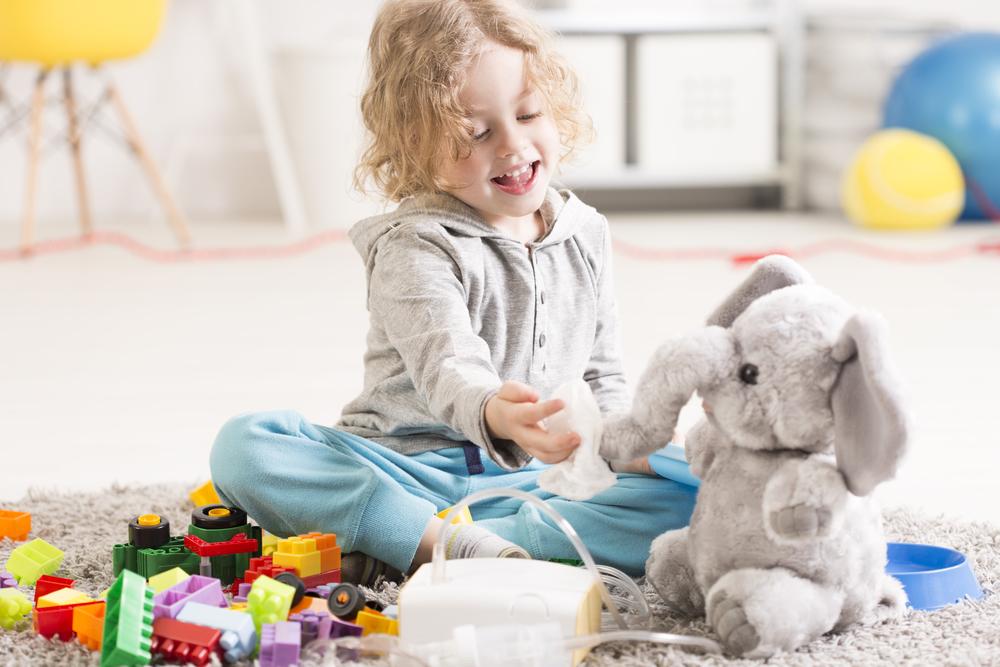
Selecting Safe and Educational Toys for Children
Toys play a vital role in children's growth and development. However, not all toys are equally beneficial or safe. What features should you consider to choose the best toys for your child? Are more expensive toys better than budget-friendly options? If you've wondered about these questions, understanding what makes a toy suitable for your kid is essential.
Safety and Quality
The top toys for children are made from non-toxic, safe materials. Always review labels to ensure safety standards are met. Prefer toys with non-toxic paints, easy-to-wash stuffed animals, and high-quality materials free from harmful fibers.
Ensure painted toys are non-toxic.
Opt for washable stuffed toys made from safe fibers.
Material safety and non-toxicity are key considerations.
Educational Value
The best children’s toys are engaging, fun, and promote learning. Select toys aligned with your child's developmental stage. If your child is intrigued by puzzles, encourage that interest. Introducing new toys should be based on their preferences, not tradition.
For example, building blocks and trucks suit boys, while dolls and kitchen sets appeal to girls. If a child prefers one type, support that interest. Toys like books and musical instruments foster learning and creativity. You can create DIY games, like exploring textures with household items or learning about fruits and vegetables using real produce, to stimulate curiosity and development.
Age Appropriateness
Choosing toys suitable for your child's age ensures safety without hindering growth.
For infants, select small-sized toys that prevent choking, such as rattles, teething toys, soft balls, and textured rings.
For toddlers, consider puzzles, construction sets, and transportation toys to aid cognitive and motor skills. Introducing basic art supplies like crayons and paper is also beneficial.
For preschoolers and older children, more complex puzzles and role-play items like dollhouses, kitchen sets, sandboxes, and puppets foster imagination. Household items and recycled materials can also serve as creative play tools.


